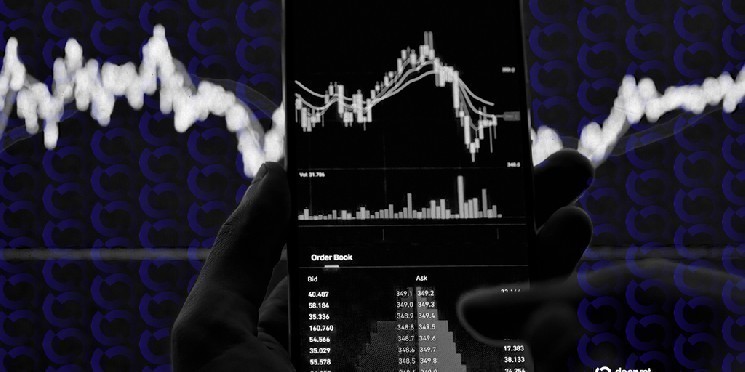Chainfeeds Introduction:
Arthur Hayes attended the KBW 2025 Summit in South Korea and delivered a keynote speech. His keynote speech outlined the potential for "money printing spree" in the United States, analyzing its historical roots, political drivers, and the specific mechanisms that might enable it. He also mentioned why we, as crypto investors, should be concerned about this.
Article Source:
https://www.wublock123.com/article/47/49519
Article author:
Arthur Hayes
Viewpoint:
Arthur Hayes: There's a lot of math involved here about the money market. I know it's a bit like a map of the money market, looking at what's happening in Japan. But, folks, that's what we're here for. So, with yield curve control coming to the US, what's the price of Bitcoin going to be? The number, you know, is patently ridiculous: $3.4 million. Do I stand before you today and believe we'll get to $3.4 million per Bitcoin by 2028? I'd probably say no. But I'm interested in where it's going, and the potential scale it could reach. So I'm hoping we can get to a million, and others are hoping so, which is great, but I'm very skeptical. It's not just based on a mentally adaptive number, but on the amount of Treasury bonds that are going to be issued. What will the situation be like by the time Trump and his team leave office at the end of 2028? I checked my Bloomberg terminal and looked at how much Treasury bonds would have to mature in order for these people to lower interest rates, and then I added in a projected $2 trillion federal deficit from now until 2028. That's roughly the Congressional Budget Office's estimate of the fiscal deficit. This gives us a number: $15.3 trillion in new Treasury bonds must be issued over the next three years. The second component is "fake" credit creation. How much of this will go to small and medium-sized businesses across the United States? This is a difficult number to predict. Estimating bank credit growth is challenging. A safer approach is to use data from the COVID-19 period as a benchmark. During the pandemic, Trump implemented the so-called QE 4 Poor People program. According to weekly data released by the Federal Reserve, other deposits and liabilities on banks' balance sheets surged, corresponding to a $2.523 trillion increase in bank credit during that period. Assuming Trump still has approximately three years to continue stimulating the market, this translates to $7.569 trillion in new bank loans. This brings the total credit increase from the Federal Reserve and commercial banks to $15.229 trillion. The greatest uncertainty in this model is the assumed appreciation of Bitcoin for every $1 of new credit. I'm still using the COVID period as a benchmark: at that time, the slope of Bitcoin's percentage increase relative to each $1 of credit growth was approximately 0.19. You multiply that slope by $15.229 trillion in credit growth, and then multiply it by Bitcoin's base price of $115,000. That's how we arrive at a Bitcoin price of roughly $3.4 million by 2028, which I'm almost 100% certain won't happen. But I think it's the framework for understanding this credit creation flowing from the Fed to the Treasury, and then from the banking system to fund America's reindustrialization. We know what happened during the COVID-19 pandemic when this policy was pursued for only one year. What happens if it lasts three years? When the Fed and the Treasury work in tandem, printing money and, as they say, sending the American economy to "Valhalla," we'll see Bitcoin prices exceeding $1 million.
Content Source








